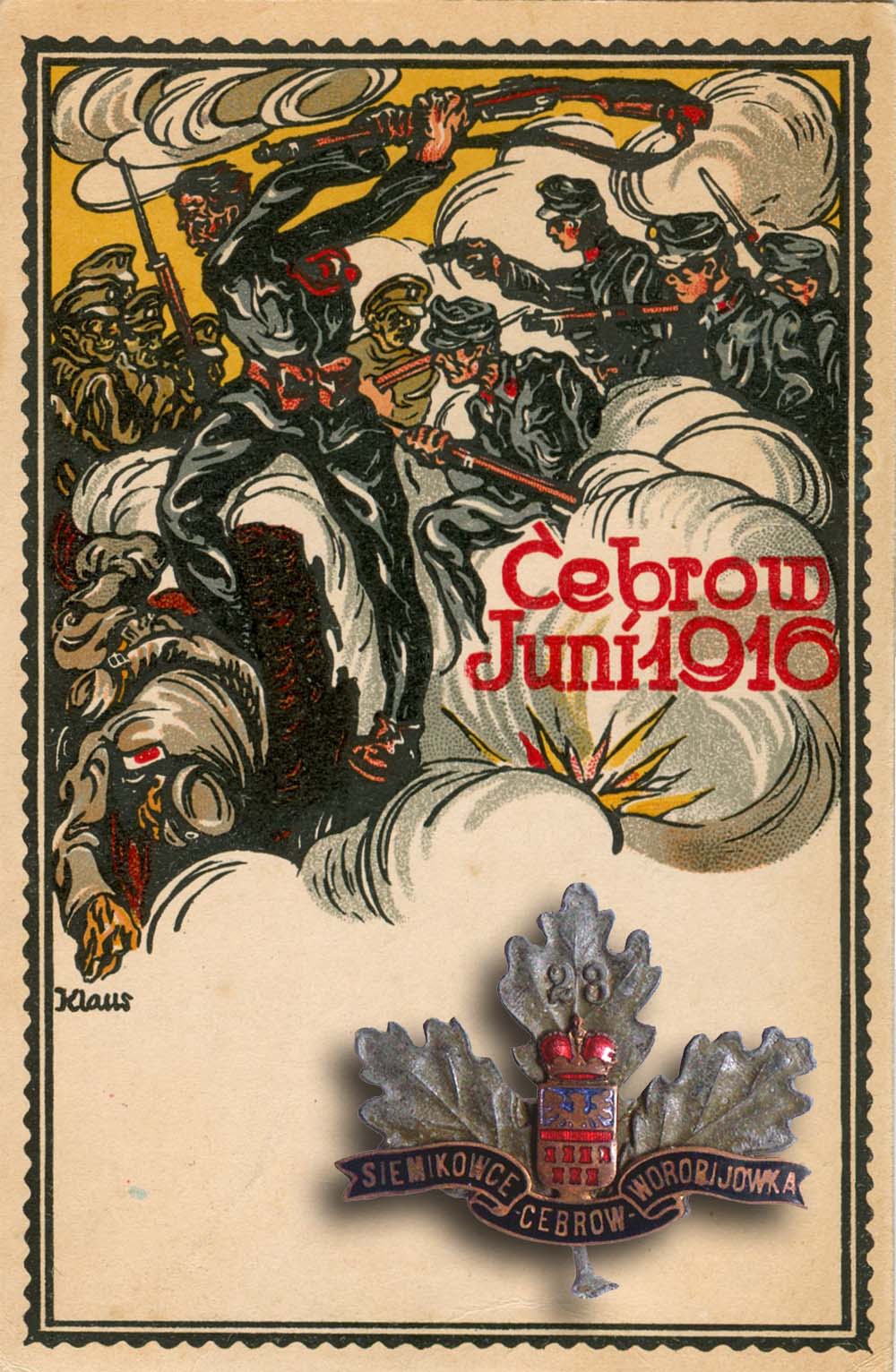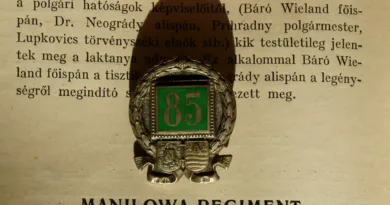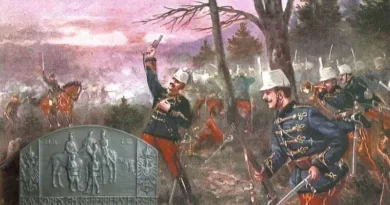June 1916
The graphics on the postcard of this post have excited me for many, many years. We see in this a strong representation of the horrors of war that makes it unparalleled. The caption on the postcard Cebrow was unknown to me for a long time. But this name also appeared on some of the Kappenabzeichen. This further emphasized the prominent role of the battle that took place here. The 23rd Honvéd Infantry Regiment also had such a badge. In this post, the badge and the card (which was a publication of the 6th Infantry Regiment anyway) were meeting.
In June 1916, nothing else could be written about other than the Brussilow offensive. Seeing the progress of the Austro-Hungarian offensive in Tyrol, the Russian leadership brought forward the date of the planned attack. The steam roller was launched on June 4, making a breakthrough at two points in the first hours of the attack. Along the river Styr in the direction of Luck and south of the Dniester in the area of Bukovina. The Austro-Hungarian defense troops were simply swept away at the break-in points by the multi-wave Russian mass attack that began after the huge artillery preparations. Two armies, the 4th and 7th, suffered heavy losses, and some regiments were completely destroyed. Between the two breakthroughs, the German Southern Army and the Austro-Hungarian 2nd Army defended.
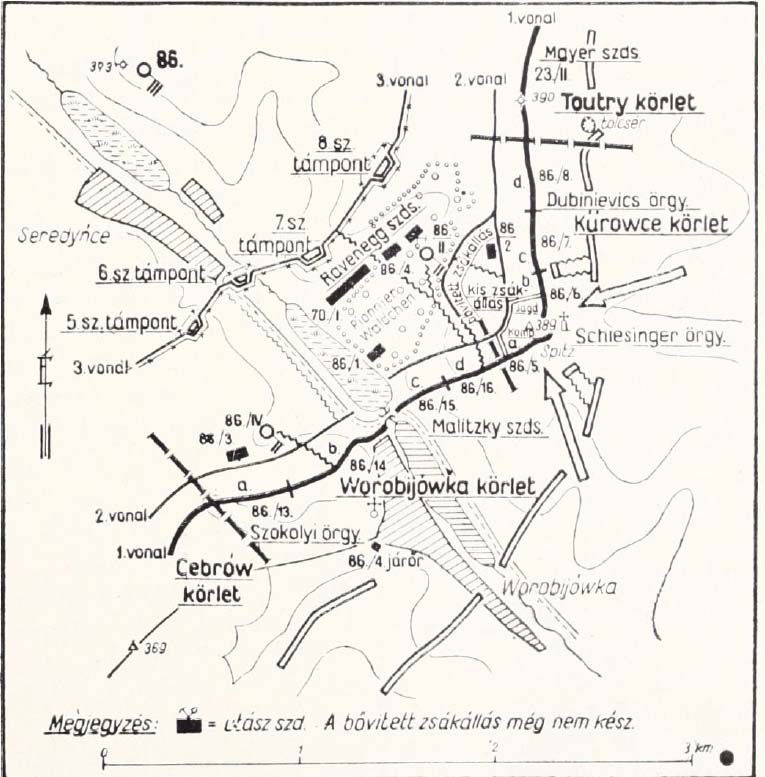
Cebrow is located along the Tarnopol-Lemberg railway line. After the Russian occupation of Bukovina and Galicia in 1914, during the 1915 counterattack, troops from the 32nd Division advanced on this front section along the River Szereth. They got to Cebrow and stationed here for almost a year. The 76th Infantry Brigade, including the 23rd Honvéd Infantry Regiment, was commanded to this division as reinforcements to repel the Brussilow offensive. The reinforced division repulsed all Russian attacks between June 4 and 9. At this stage, the Russians failed to gain ground in bloody mass attacks. The attached map shows the positions occupied by the regiments of the 32nd Division on the first day of the attack before the 23rd arrived. Later, the 23rd Regiment was deployed in all defense sections of the 32nd Division to repel Russian attacks.
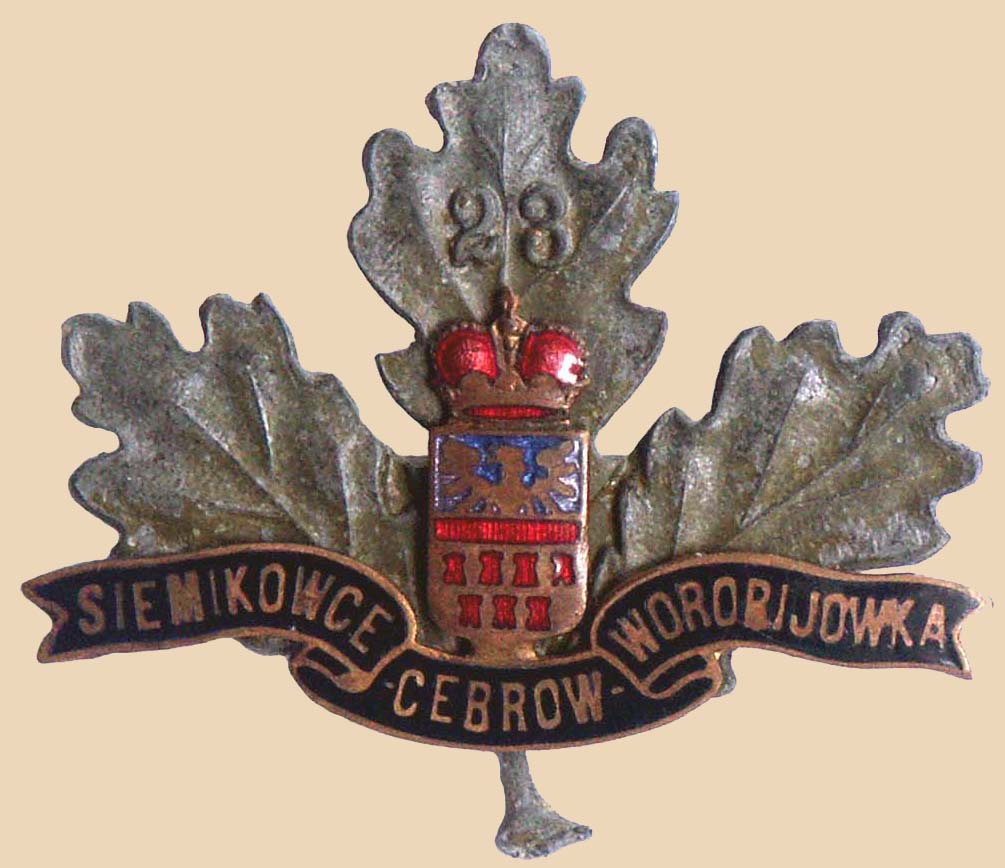
This middle section of the Eastern Front had to be withdrawn slightly in the second half of June, but the occupation of the new positions took place under orderly conditions. There was no collapse nor territorial loss in this part as in the Luck area or Bukovina. The Russian attackers could not get close to Lemberg. The insignia of the 23rd Honvéd Regiment deserved remembrance of the two outstanding defenses of the front section: Cebrow and Worobijowka.

